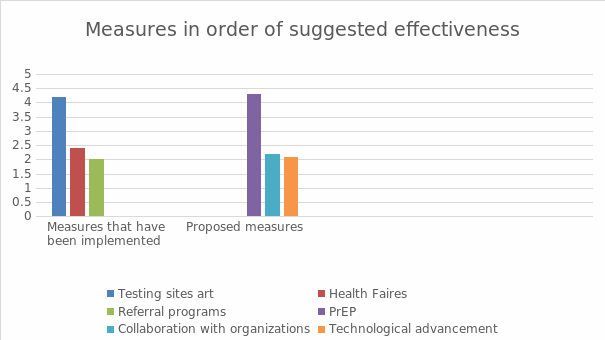Introduction
Although the United States medical system spent a long time concentrating on combating COVID-19, paying attention to chronic and fatal diseases is necessary. The human immunodeficiency virus (HIV) is a severe public health issue, primarily for underprivileged and marginalized groups of people. A Federally Qualified Health Center (FQHC), Beaufort Jasper Comprehensive Health Services, is trying to increase the number of people who get tested for HIV and increase access to care. Adopting a Pre-Exposure Prophylaxis (PrEP) uptake-focused quality improvement initiative can be a vital step in lowering HIV transmission rates. Examining integrated medicine and PrEP guidance services to boost HIV screening rates at the medical facility while enhancing patient care utilization is the primary objective of this area’s recent medicinal advancements.
Improvement in HIV Preventive Standards
PrEP uptake and adherence can be considerably improved by integrating pharmacy services and implementing on-site PrEP navigation services. According to Coleman et al. (2020), patients who experienced integrated medicine and PrEP guidance services were far more inclined to start taking and sticking with their PrEP medication than individuals who did not. On-site PrEP navigation services can help patients with insurance coverage and prescription fulfillment, lowering access obstacles and boosting compliance with the medication schedule. Since the preventive strategy’s primary objections are awareness and comprehension of prevention methods, the focus should be predominantly on these objectives.
Actual testing, both based on and without these parameters, should not be disregarded in addition to understanding the virus’s susceptibility to infection. The health center can also set up health fairs and testing locations at all ten facilities and accept referrals from any organization to raise awareness and promote HIV testing. Focused outreach and education programs that stress the value of routine HIV testing and the accessibility of PrEP as a preventative strategy can be used to supplement these efforts.
Only through collaboration will society be able to combat HIV. Collaboration with neighborhood groups can be an effective strategy to raise awareness and motivate people to be tested for HIV. LGBT organizations, schools, and churches in the region are examples of community organizations that have built ties and trust with their members, increasing the likelihood that they will pay attention to their messaging. An FQHC health center can use the relationships and trust established by working with community organizations to spread knowledge about the value of HIV testing and the amenities that the health center offers.
It is possible to employ technology to simplify the HIV testing process for patients. For instance, an FQHC medical facility can employ telemedicine to enable patients to get support and counseling remotely. Telemedicine can also offer online appointments to make scheduling appointments for testing more convenient for patients. An FQHC health center can enhance the patient experience while making it simpler for people to get tested for HIV by utilizing technology.
Conclusion
The only method to save a person from HIV is to prevent primary infection, which is why preventing any disease is more vital than dealing with its effects. The Beaufort Jasper Comprehensive Health Services can significantly enhance patient access to care and raise the rate of HIV testing by establishing integrated pharmacy and PrEP navigation services. The health center can effectively reduce the prevalence of HIV transmission and improve the community’s general health outcomes by offering accessible and comprehensive services. Data on public health can be used to monitor advancements and pinpoint areas that still need work. The Beaufort Jasper Comprehensive Health Services can significantly lower HIV transmission rates and advance health equity by prioritizing PrEP usage and HIV prevention.
The diagram reflects how implementing the mentioned measures may improve access to care.

References
Coleman, M., Hodges, A., Henn, S., & Lambert, C. C. (2020). Integrated pharmacy and PrEP navigation services to support PrEP uptake: a quality improvement project. Journal of the Association of Nurses in AIDS Care, 31(6), 685-692. Web.
Sweeney, P., DiNenno, E. A., Flores, S. A., Dooley, S., Shouse, R. L., Muckleroy, S., & Margolis, A. D. (2019). HIV data to care—using public health data to improve HIV care and prevention. JAIDS Journal of Acquired Immune Deficiency Syndromes, 82, S1-S5. Web.